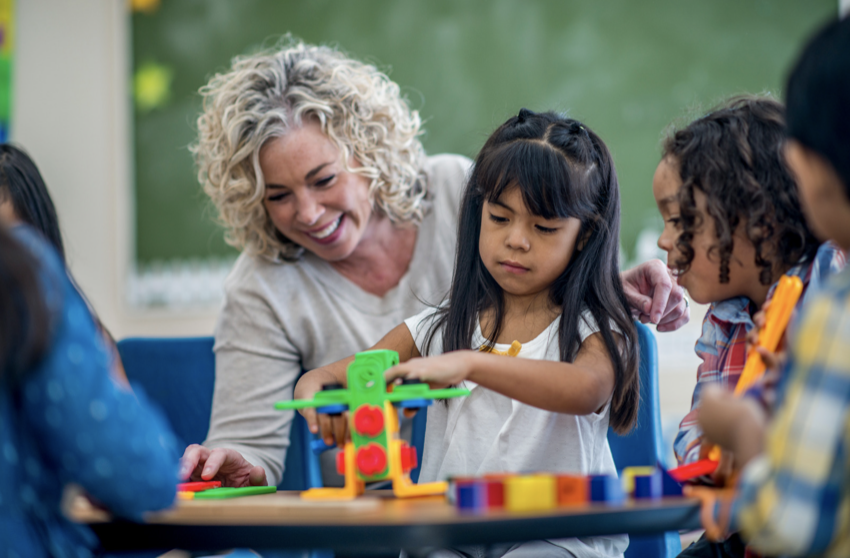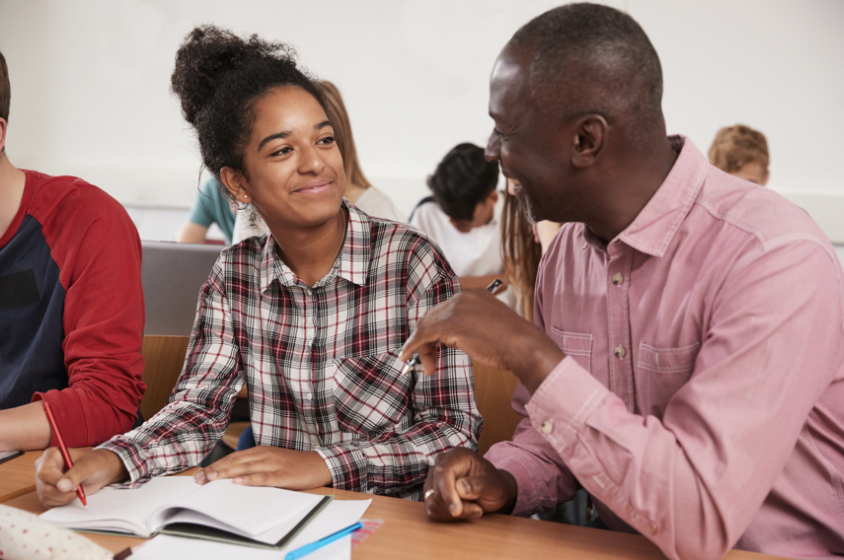Addressing Learning Loss from the Pandemic
The pandemic, unsurprisingly, had an impact on student learning. What may be surprising is the degree of that impact. Maybe you have seen alarming news headings like “The Pandemic Erased Two Decades of Progress in Math and Reading” from the New York Times or “Pandemic Prompts Historic Decline in Student Achievement on Nation’s Report Card” from U.S. News & World Report or maybe you have seen the impacts firsthand. The National Assessment of Educational Progress tests showed that everyone was impacted, but “lowest performing students” saw up to four times greater impact than the “top performers”. Although this varied by age group and subject area, the trend has left schools grappling with how to address learning loss for all students, especially those who were impacted the most. While some decisions need to be made at a national or district level, there are things that teachers and administrators can do TODAY to address this learning loss.
5 Strategies to Use TODAY to Address Student Learning Loss
1. Use trauma-informed strategies.
Now, more than ever, it is crucial that schools utilize trauma-informed strategies to support students (and staff!). The pandemic led to trauma for so many students, which can lead to difficulty developing relationships with teachers, poor self-regulation, and executive function challenges. Trauma-informed strategies have been a focus in education for some time now and resources are readily available with a quick internet search. Organizations like ASCD provide free guidance on practical strategies that can be used TODAY to support students. Creatively Focused also has courses on understanding and supporting students who have experienced trauma. Visit creativelyfocused.net to learn more!
2. Use curriculum that matches the needs of students.
Be intentional with selecting and using curriculum that meets student needs. Meet students where they are and focus on addressing those areas of learning loss or struggle. It can be overwhelming to identify what curriculum to use or even know what the options are. First, look at what your district has and determine if the curricula can meet student needs. If there are still gaps, talk to teachers and administrators who have used other curricula. You can also do research individually or as part of a committee to dig into options and evaluate the pros and cons of each. Creatively Focused has created Curriculum Guides for reading, writing, math, transition, and social and emotional learning to streamline this process, especially for addressing needs of students with disabilities or for others who have missing skills at school.

3. Make sure students can access and participate in the learning.
Excellent lesson plans and masterful teaching will only work if students can access and participate in the learning. For students with disabilities, this means FULLY implementing student accommodations and modifications. Make sure you have access to the Individualized Education Program (IEP) accommodations and modifications for the students you work with and that you 100% understand them and your role in implementing them. Without these supports, students with disabilities are not able to fully access and participate in learning and are not receiving FAPE (free and appropriate public education, which is a right of all students with disabilities under the Individuals with Disabilities Education Act). Access to education is ESSENTIAL for addressing learning loss from the pandemic.
4. Support teachers.
Why am I talking about teachers when the focus is addressing STUDENT learning loss from the pandemic? One, because teachers are amazing humans who deserve to be respected and enjoy a sustainable career. And two, because TEACHERS MATTER MORE TO STUDENT ACHIEVEMENT THAN ANY OTHER ASPECT OF SCHOOLING! Creatively Focused works with educators struggling with feeling burned out in pursuit of staying in their career for the reason they chose it. By using our people-powered platform, axis3, we help our educators to feel valued with time back in the day, become experts with learning in the moment of need, and connected with a strong professional community. Subscribe to our Newsletter to stay in touch and get valuable information each month!

5. Strategically use data.
Strategically used data can help guide our path as we work to address the learning loss of students. Backward planning supports this. Start with the goal or what we want the student to be able to do. How will we know when the student has met the goal? What data do we need to collect now in order to monitor progress? What tools can we use that give us that data? When is the data collected? Who collects it? When is it analyzed? By intentionally and methodically collecting the data points that give us the information we need, we can monitor the effectiveness of our interventions and make timely adjustments. Give interventions a fair chance to work (general rule can be two weeks) but don’t keep doing them if they are not bringing students closer to their goals! When we strategically use data to progress monitor goals, we can prevent wasted time on ineffective instruction and ensure that we are doing what works for students.
While districts have a long road of head of them for addressing the learning loss of the pandemic, teachers and administrators can begin implementing these strategies TODAY to make progress and keep moving in the right direction. No matter what your role in supporting students is, know that you can make a difference. You are Valued. You are Connected. You are an Expert. On behalf of Creatively Focused, thank you!
By Kalin Schoephoerster, Instructional Designer & Licensed Special Education Teacher
